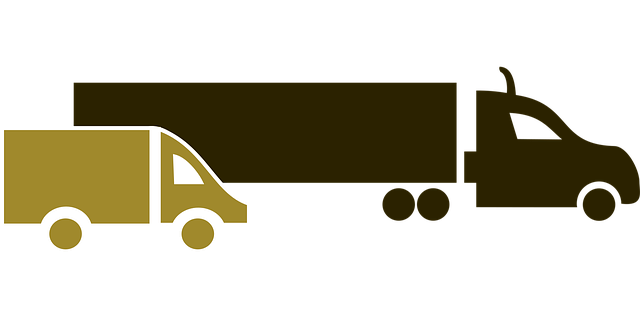Looking to register your car in California? This comprehensive guide walks you through the process, from understanding key requirements to securing your license plate. First, familiarize yourself with California’s car registration mandates, including vehicle eligibility and necessary documents. Gather these essentials for a seamless experience at the DMV. Next, undergo VIN verification, a crucial step ensuring your vehicle’s authenticity. Once approved, complete the online registration application, pay fees, and receive your plates—easy as that!
- Understand California Car Registration Requirements
- Gather Necessary Documents for Registration
- Visit Your Local DMV for Vehicle Inspection and Verification
- Complete Online Car Registration Application
- Pay Car Registration Fees and Receive Your License Plate
Understand California Car Registration Requirements

Before registering your car in California, it’s crucial to understand the state’s specific requirements. The California Department of Motor Vehicles (DMV) mandates several steps for new and existing vehicle owners, ensuring road safety and vehicle authenticity. One critical aspect is the verification of a Vehicle Identification Number (VIN). This unique code, found on the vehicle’s chassis, serves as a digital fingerprint, enabling the DMV to cross-reference the car’s details with their records.
DMV vin verification is essential for establishing the car’s history, ownership, and compliance with safety standards. In California, this process can be completed through traditional methods at a local DMV office or, conveniently, via mobile vin inspection services. These services allow you to get a quick and accurate VIN check using your smartphone or tablet, saving time and offering added convenience during the registration process.
Gather Necessary Documents for Registration

Before you start the registration process, ensure you have all the essential documents. The California Department of Motor Vehicles (DMV) requires specific paperwork to verify your vehicle’s identity and ownership. This includes the vehicle’s Certificate of Title, which proves ownership, and a valid registration from the previous state if the car was previously registered elsewhere. Additionally, you’ll need a current insurance card and proof of residency, like a utility bill or bank statement.
One crucial step is to undergo a DMV VIN (Vehicle Identification Number) verification process. This can be done through a mobile vin inspection or by using a reliable online vin verifier. The unique VIN provides critical information about the vehicle’s history, ensuring that it meets all legal standards before registration. Remember, having accurate and up-to-date documents makes the registration process smoother and faster.
Visit Your Local DMV for Vehicle Inspection and Verification

After gathering all necessary documents, the next step in registering your car in California involves a visit to your local Department of Motor Vehicles (DMV). Here, your vehicle will undergo a thorough inspection and verification process. This critical step ensures that your car meets the state’s safety and environmental standards. The DMV staff will check key components like lights, brakes, tires, and emissions systems, among others, using advanced tools for accurate vin verification.
While traditional vin inspections are conducted at fixed DMV locations, many California residents now opt for convenient mobile vin verifier services. These mobile options offer the same level of precision and allow you to complete your car registration process more efficiently, often saving time and effort.
Complete Online Car Registration Application

To begin the car registration process in California, start by completing the Online Car Registration Application. This can be done through the California Department of Motor Vehicles (DMV) website, which offers a user-friendly interface for this task. Here, you’ll need to provide essential details about your vehicle, including its make, model, year, and, crucially, its Vehicle Identification Number (VIN). The VIN is a unique code that identifies your car, and it’s a vital component in the registration process, especially when undergoing DMV VIN verification.
Once you’ve inputted this information, the system will guide you through the necessary steps to register your vehicle. This might include uploading relevant documents, such as proof of insurance and ownership. After submission, you may even have the option for a mobile vin inspection or use a mobile vin verifier to streamline the verification process, making it more convenient than ever to get your car registered.
Pay Car Registration Fees and Receive Your License Plate

After completing the registration process and providing all necessary documents to the DMV, the next step is to pay the car registration fees. These fees vary based on the type of vehicle and its age, so it’s essential to check the official California DMV website or consult a representative for accurate pricing information. Once the fees are paid, you will receive your license plate, which is a crucial component of legalizing your vehicle on California roads.
A mobile vin verifier or a vin inspection tool can be used to ensure a smooth process during this stage. This technology allows for quick and convenient verification of your vehicle’s identification number (VIN) through a digital scan, eliminating potential errors and delays associated with traditional manual checks at the DMV.
Registering a car in California is a straightforward process that requires understanding specific requirements, gathering essential documents, and completing online forms. After passing the DMV’s VIN verification, you can pay the registration fees and receive your license plate, ensuring your vehicle complies with state regulations. This guide walks you through each step to make the process efficient and hassle-free.



